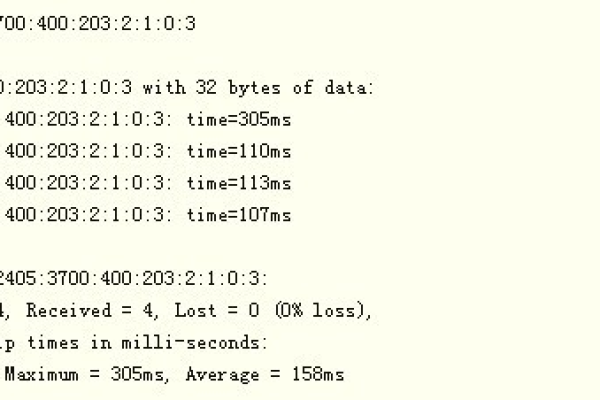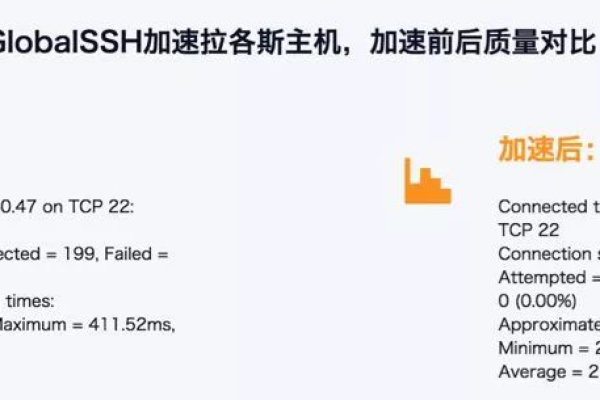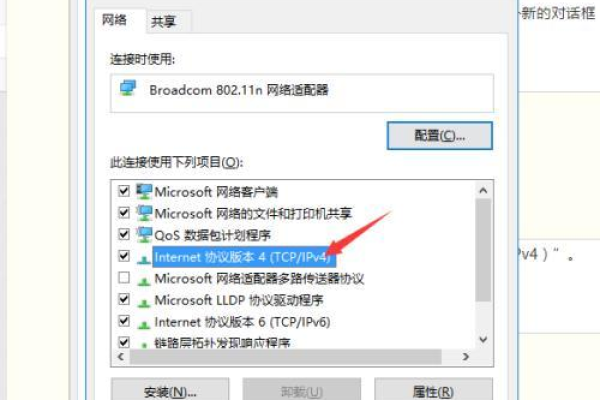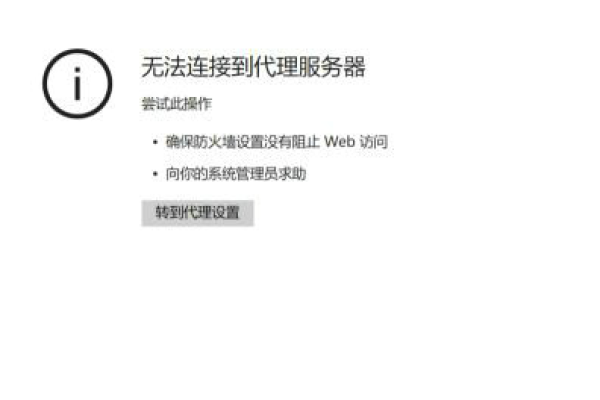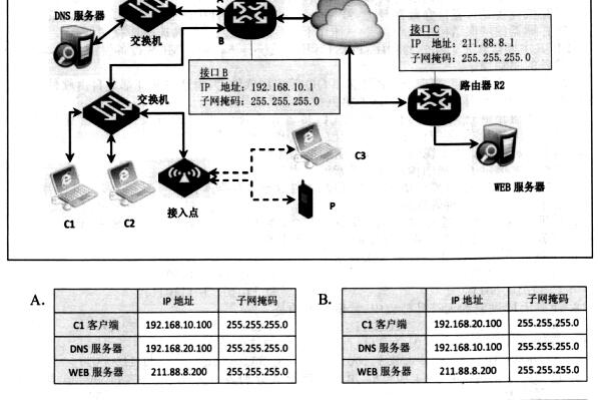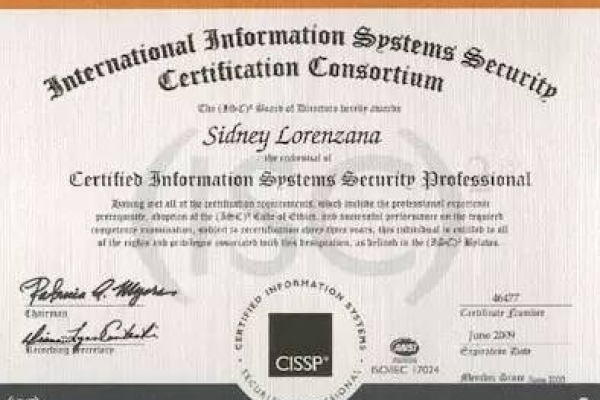服务器通,上网慢?解析Ping连接可能存在问题 (ping服务器通但上网慢)
- 行业动态
- 2024-03-05
- 6
网络连接问题导致上网速度慢,尽管ping服务器通畅,可能由其他因素如带宽不足、网络拥堵或配置错误引起。
当您遇到服务器通但上网慢的情况时,通常意味着您的计算机或设备能够成功与目标服务器建立连接(即Ping命令返回正常响应时间),但在进行数据传输时速度较慢,这个问题可能由多种因素引起,以下是一些可能导致这种情况的原因以及相应的解决方法:
网络带宽限制
即使Ping命令显示延迟较低,实际上传和下载速度可能因为网络带宽限制而变慢,这可能是因为您的互联网服务提供商(ISP)提供的带宽不足,或者是您的网络中有多个设备同时使用大量数据。
解决方案:
1、检查您的互联网套餐是否满足您的带宽需求,并考虑升级更高带宽的服务。
2、确保在网络中没有其他设备占用大量带宽,如大文件下载或视频流。
服务器响应速度慢
服务器本身可能响应速度慢,导致即使Ping值低,实际的数据传输速度也受到影响,这可能是由于服务器负载高、硬件性能不足或软件配置问题。
解决方案:
1、尝试在不同的时间段访问服务器,以确定是否是服务器负载问题。
2、联系服务器管理员了解服务器状态和可能的性能问题。

本地网络设备问题
路由器、交换机或其他网络设备可能存在故障或配置不当,导致网络速度慢。
解决方案:
1、重启您的网络设备,包括路由器和调制解调器。
2、检查网络设备是否有最新的固件更新,并进行升级。
3、确认网络设置正确,例如DHCP配置和NAT表。
系统资源占用
您的计算机可能正在运行一些资源密集型应用程序,这些应用程序可能会占用大量的CPU或内存资源,从而影响到上网速度。
解决方案:

1、关闭不必要的应用程序和服务。
2、使用任务管理器或系统监视工具检查资源使用情况,并结束资源占用过高的进程。
网络配置问题
不正确的网络配置可能导致数据包传输效率低下,例如DNS解析慢、IP地址冲突等。
解决方案:
1、检查网络配置设置,确保IP地址、子网掩码、网关和DNS服务器设置正确。
2、尝试更换DNS服务器,比如使用公共DNS服务如Google DNS或Cloudflare DNS。
相关问答
Q1: Ping值低是否意味着网络速度快?

A1: Ping值主要反映的是网络延迟,并不直接代表网络带宽或速度,一个低Ping值通常意味着到达目标服务器的延迟小,但不代表上传或下载速度快。
Q2: 如何检测网络带宽使用情况?
A2: 您可以使用网络监控工具来查看当前网络的带宽使用情况,Windows系统可以使用“资源监视器”,而MacOS可以使用“活动监视器”。
Q3: 更换DNS服务器会提高上网速度吗?
A3: 在某些情况下,更换DNS服务器可能会提高域名解析速度,进而改善整体的上网体验,但这主要取决于原始DNS服务器的性能和响应速度。
Q4: 为什么重启路由器可以解决上网慢的问题?
A4: 重启路由器可以清除缓存、重置网络连接和刷新路由表,有时能够解决临时的网络故障或配置错误,从而提高网络稳定性和速度。
